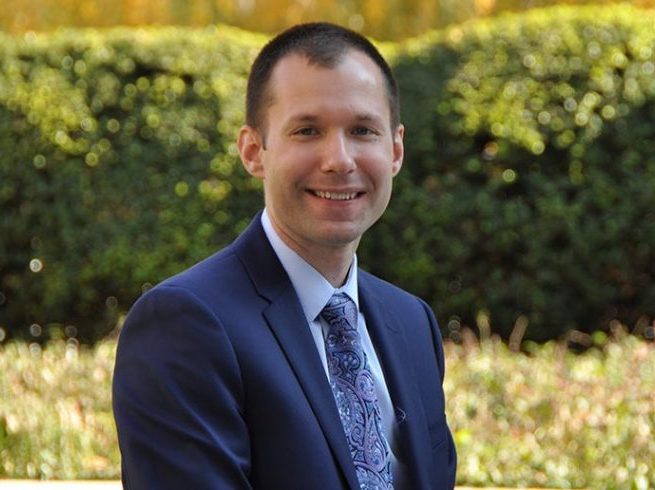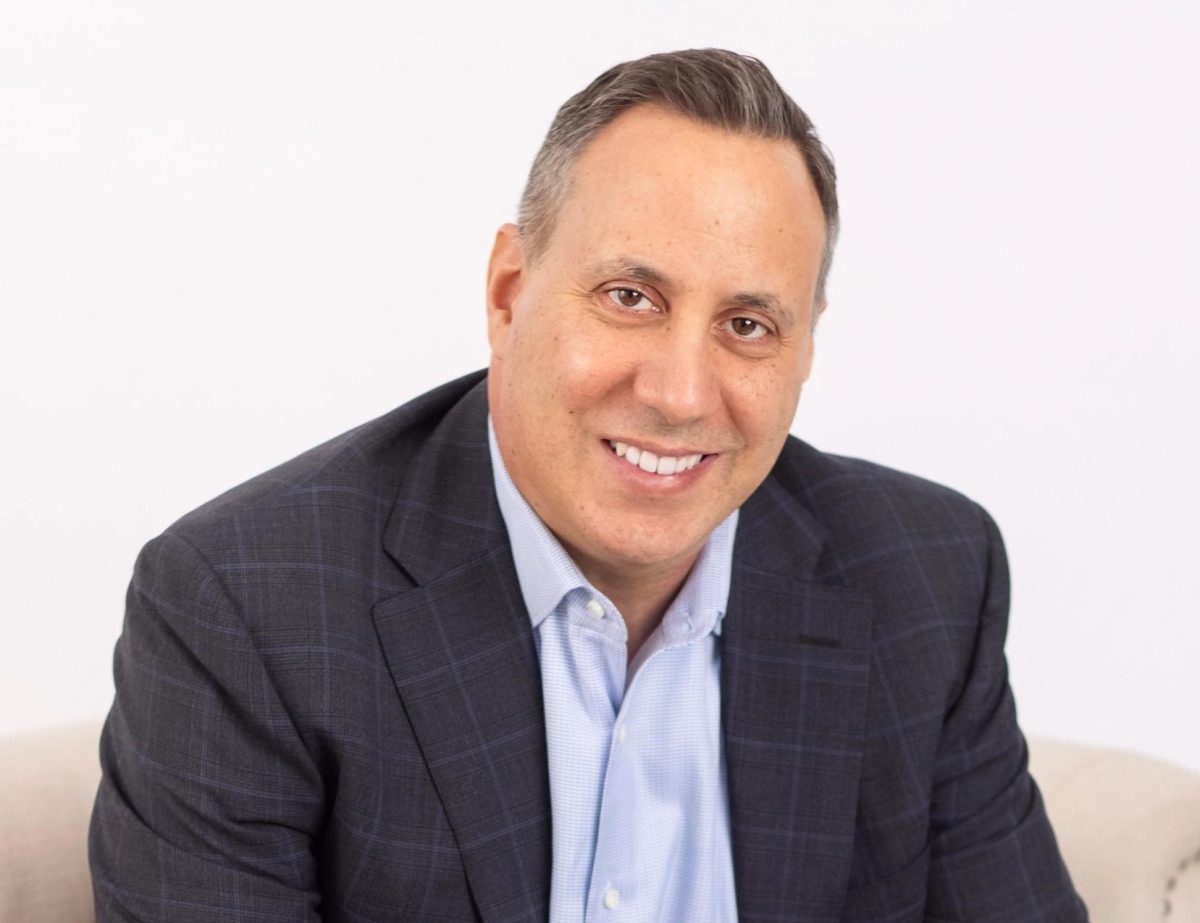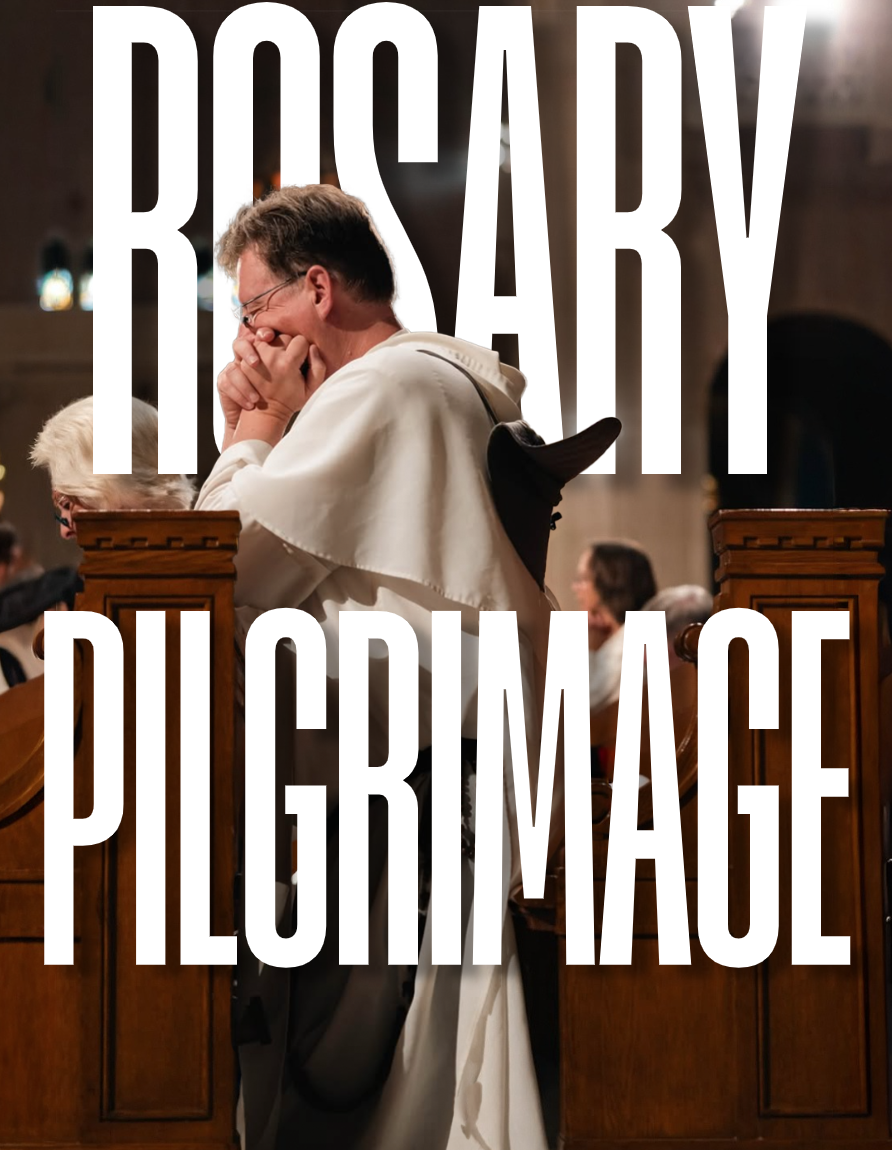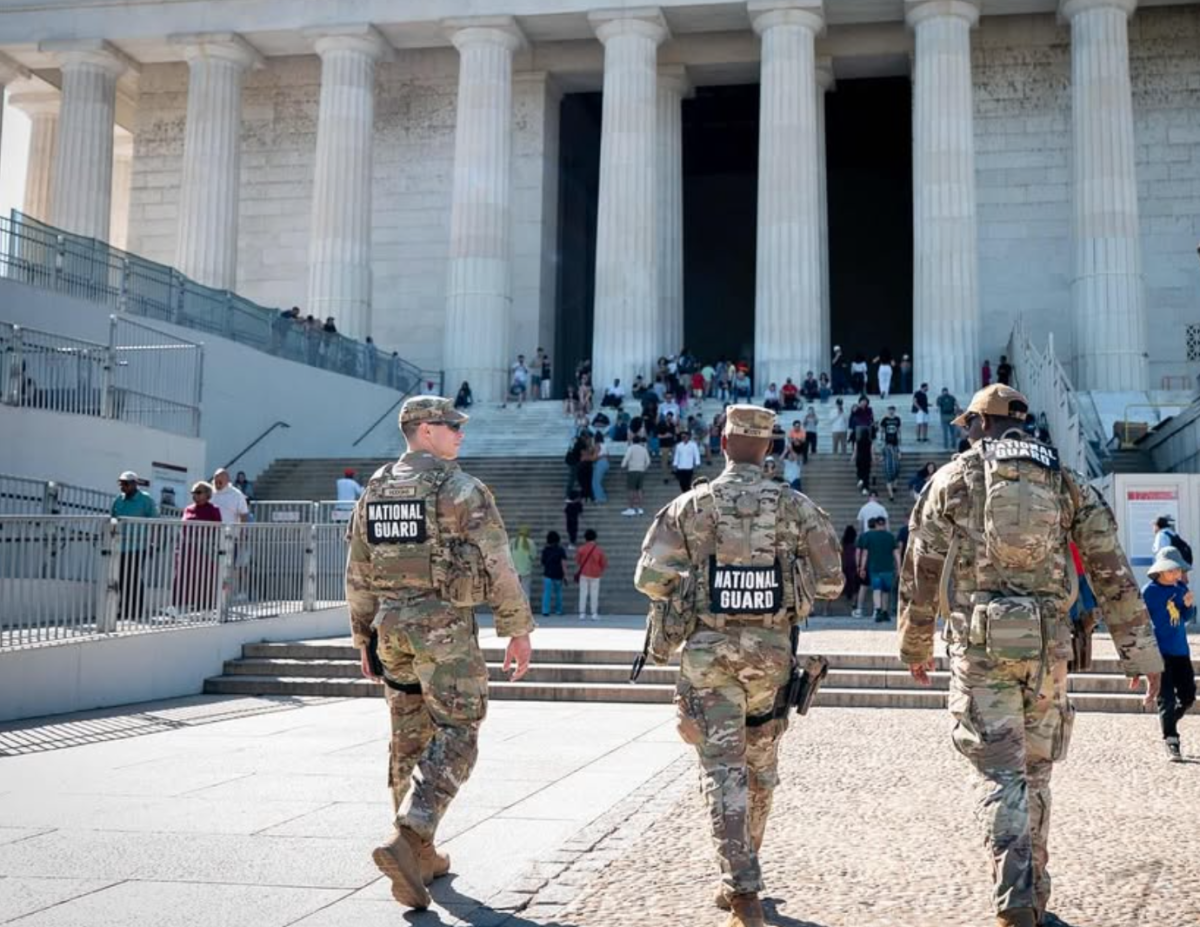By Erica Scalise
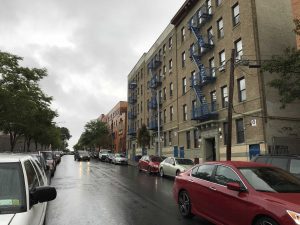
A new 13-story affordable housing complex is set to take shape this upcoming spring in the Bronx’s Fordham Heights, bordering the Mount Hope neighborhood.
The property at 2050 Grand Concourse will yield 93 apartments, 23 allotted for low-income households and formerly homeless individuals with special needs. The location will also house individuals who are HIV positive or living with AIDS, according to New York Yimby, a website covering New York City real estate.
The development site is three blocks from the Tremont Avenue subway station, serviced by the B and D trains. The Metro-North and 4 train are also nearby. The nonprofit organization Unique People Services (UPS) is responsible for the development.
Donna Davis, communications consultant for UPS, said the project’s goal is to offer transitional and temporary housing for those in need. She said the goal falls in line with UPS’s primary service, aiding disabled individuals, as they have been doing for almost 30 years.
“We’re going to provide apartments for low income households who need assistance, as well as disabled individuals,” said Davis.
She referred to the project as a call to action.
“In terms of Mayor de Blasio’s plan to build affordable housing in New York City, this is our second project,” said Davis. “We’re building supportive and affordable housing that’s mixed income to help people with developmental disabilities.”
According to Davis, 2050 Grand Concourse will also serve as the new headquarters for UPS offices. She said the staff will function as a resource to the community and its tenants.
Carlos Perez who was once homeless, is a resident of the Tremont area. He refers to that time in his life as his darkest. He said he would have greatly benefited from a housing opportunity such as this one had it existed at the time of his eviction.
“If I would’ve known about something like this years ago, if it even existed, I could’ve got back on my feet a lot sooner,” said Perez.
Perez said he would not be here today without the care of his neighbors in the Bronx.
“When you take a building like this that’s funded by government assistance — we didn’t have things like that in good condition,” said Perez. “We had to take care of each other when we fell on hard times.”
Andrea Shapiro is a program manager and member organizer at the Met Council on Housing, a non-profit, tenants’ rights organization in Manhattan.
She said she’s most compelled by the project’s ability to allot specific units for formerly homeless individuals.
“Until we find a key way to keep people in their homes, having affordable units available for people who have faced eviction is important,” said Shapiro.
Shapiro said she’s hopeful for a project like this and hopes to see a property she referred to as “actually Bronx-affordable.”
“Generally speaking, housing that is so-called affordable isn’t necessarily affordable for the area it’s placed in,” said Shapiro.
“I’m glad to hear that the units are being put aside for good causes and I do hope they’re affordable for the community,” said Shapiro. “Having truly affordable housing is really key to helping us in our housing crisis.”
Davis said the community response has been positive thus far.
“Anytime you’re proposing anything to the community, you need to go to the community board and so far, we’ve had really positive responses,” said Davis. “Our primary purpose is to be good community neighbors and stewards.”
Shapiro cites the building’s level of train accessibility as a strength that sets it apart from other housing developments.
“It’s really important that affordable housing is by trains. We’ve seen housing complexes like this pop up, but in no-man’s land and in spots that are really hard to travel to and from,” said Shapiro. “When building housing away from major transportation hubs, you’re asking someone to basically choose between prioritizing safe and affordable housing and accessibility to anything outside of it.”
Shapiro said when housing development projects such as these pop up, prejudice and othering is common.
“Normally, people express concern that they’re going to bring too many people they deem unwanted in the neighborhood,” said Shapiro. “That’s coded language.”
“Just because someone is homeless, has AIDS or is HIV positive, doesn’t make them any less worthy of housing,” she said.





































































































































































































